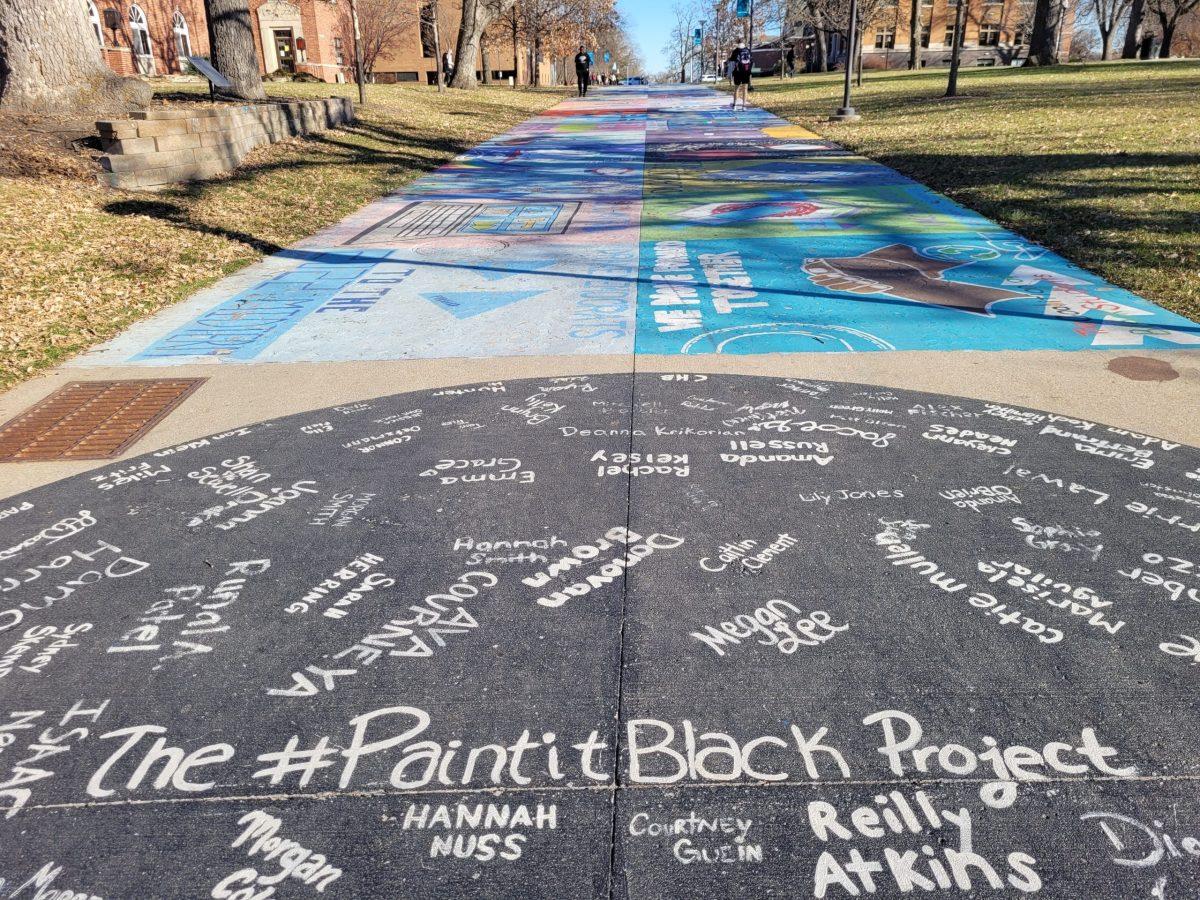In August of 2020, a new class of Drake students moved to a campus where many classes were held virtually and student organizations moved their events online. How many of those students decided to stay at Drake for another year?
For the first-year class that started at Drake in 2020, 83.9 percent of the students returned to Drake the following year, according to a report provided by Associate Provost for Academic Excellence and Student Success Melissa Sturm-Smith. That’s down 2.2 percent from the previous year’s rate.
“I mean, I don’t want to use COVID as an excuse, but I think we have to recognize the impacts of being in a global pandemic,” Sturm-Smith said. “And some of the things that really support what have been our traditionally high retention rates is the on-campus experience for first-year students.”
While the number of returning sophomores in 2021 was the lowest Drake has seen in over a decade, the University has experienced larger swings in first-year retention rates in the past. The five-year average for first-year retention is 86 percent.
“Our next lowest was in the fall of 2018, and that was at 84.1, so it’s really only like [0.2] percent difference … So fall of 2018 was a really tough year,” Sturm-Smith said. “That was the year of Paint It Black, when that was founded, and there was a lot of stuff happening on campus, so that was a really rough year.”
Paint It Black was a movement on campus to paint Painted Street black in solidarity with students of color. The movement rose in response to a robocall with racist language by a white supremacist hate group called Road to Power that was made to Drake’s landlines on Nov. 8, 2018.
Drake’s retention of Black students who were first-years in 2018 dropped significantly from the previous year, from 86.4 to 62.5 percent. This rate has climbed back up to 81.6 percent over the past two years, for the 49 Black students who started at Drake in 2020.
“So we still have work to do, but we have made huge progress on that front for working with students of color on retention,” Sturm-Smith said.
There’s also work to be done to better support current students who receive Pell Grant funding, Sturm-Smith said. While the retention rate for first-year students who receive Pell Grant funding increased by 0.8 percent from 2019, it is 6.5 percent below the overall rate of 83.9 percent.
“I’ve seen at other institutions, for example, just more support around financial aid, financial aid processes, loans, those kinds of things, so doing some more proactive outreach to student populations,” Sturm-Smith said.
Drake’s fraternities and sororities and the Crew Scholars program, an academic and leadership-focused program for Drake students of color, stand out with retention rates of 92.4 percent and 90.5 percent, respectively.
Both have had retention rates that were the same or higher than the university as a whole since the 2009 first-year class or the Crew Scholars program’s inception in 2012. After the Crew Scholars program was introduced, retention rates for first-year students of color increased by over 20 percent for 2012 and 2013.
Sturm-Smith said that the peer and faculty mentorship built into these programs has helped their members thrive and stay at Drake. Crew Scholar Victoria Soliz said the Crew Scholars program has created a safe space for students of color with “people in our corner” on a predominantly white campus.
“I think that many Crew students can relate to considering leaving Drake, as most students of color have probably experienced similar sentiments,” Student Body President and Crew Scholar Morgan Coleman said via email. “I’ve heard that theme throughout my entire time at Drake and can honestly say that there have been points where I have wanted to leave and considered doing so. However, I think it’s important to mention that many students wouldn’t have come to Drake had Crew not existed. I can state unequivocally that I would not be here if I didn’t have Crew.”







